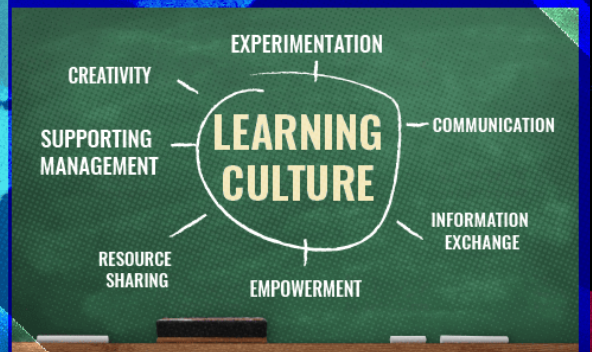
March 28, 2024
Introduction:
In today’s rapidly evolving world, where technological advancements and industry trends are constantly changing, the concept of continuous learning has become more critical than ever before. Organizations that foster a culture of continuous learning and knowledge sharing not only stay ahead of the curve but also empower their employees to grow and thrive. In this blog post, we’ll delve into the importance of continuous learning, explore strategies for fostering a learning culture, and highlight the benefits it brings to both individuals and organizations.
The Power of Continuous Learning:
Continuous learning is more than just acquiring new skills; it’s a mindset and a commitment to personal and professional development. In a rapidly changing environment, where new technologies and methodologies emerge regularly, the ability to adapt and learn quickly is essential for staying relevant and competitive. Continuous learning empowers individuals to expand their knowledge, develop new skills, and embrace lifelong learning as a journey rather than a destination.
Fostering a Learning Culture:
Creating a learning culture within an organization requires a concerted effort from leadership, managers, and employees alike. Here are some strategies for fostering a learning culture:
Leadership Support: Leadership plays a crucial role in championing continuous learning initiatives and setting the tone for the entire organization. Leaders should prioritize learning, allocate resources for training and development, and lead by example by actively participating in learning opportunities themselves.
Encourage Knowledge Sharing: Encourage employees to share their knowledge, expertise, and best practices with their colleagues. This can be done through formal channels such as training sessions, workshops, and knowledge-sharing platforms, as well as informal avenues such as peer-to-peer mentoring and collaborative projects.
Provide Learning Opportunities: Invest in learning and development programs that cater to the diverse needs and interests of employees. Offer a mix of formal training programs, online courses, workshops, seminars, and conferences that cover a wide range of topics relevant to the organization’s goals and objectives.
Recognize and Reward Learning: Recognize and reward employees who demonstrate a commitment to continuous learning and knowledge sharing. This can be done through incentives, promotions, or simply acknowledging their efforts publicly to reinforce the value of learning within the organization.
Benefits of a Learning Culture:
A learning culture brings a multitude of benefits to both individuals and organizations:
Enhanced Employee Engagement: Employees who have access to continuous learning opportunities feel more engaged, motivated, and invested in their work. They are more likely to take ownership of their professional development and actively seek out opportunities for growth and advancement.
Improved Performance and Innovation: Continuous learning fosters a culture of innovation by encouraging employees to explore new ideas, experiment with different approaches, and challenge the status quo. This leads to improved performance, increased productivity, and a more innovative and agile organization.
Talent Development and Retention: Organizations that prioritize learning and development attract top talent and retain high-performing employees. Employees are more likely to stay with an organization that invests in their growth and development, leading to higher retention rates and a more skilled and capable workforce.
Conclusion:
In conclusion, creating a learning culture is essential for organizations looking to thrive in today’s fast-paced and ever-changing business landscape. By prioritizing continuous learning and knowledge sharing, organizations can empower their employees to adapt, grow, and succeed, ultimately driving innovation, performance, and organizational success. Embracing a learning culture is not just a competitive advantage – it’s a strategic imperative for organizations that want to stay ahead of the curve and remain relevant in the digital age.













